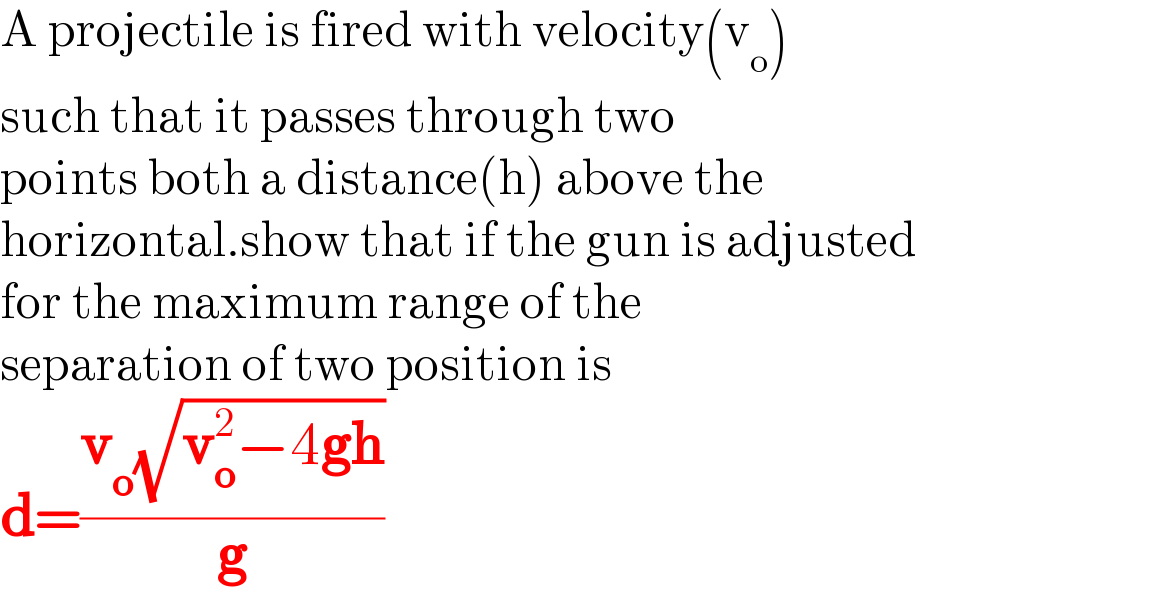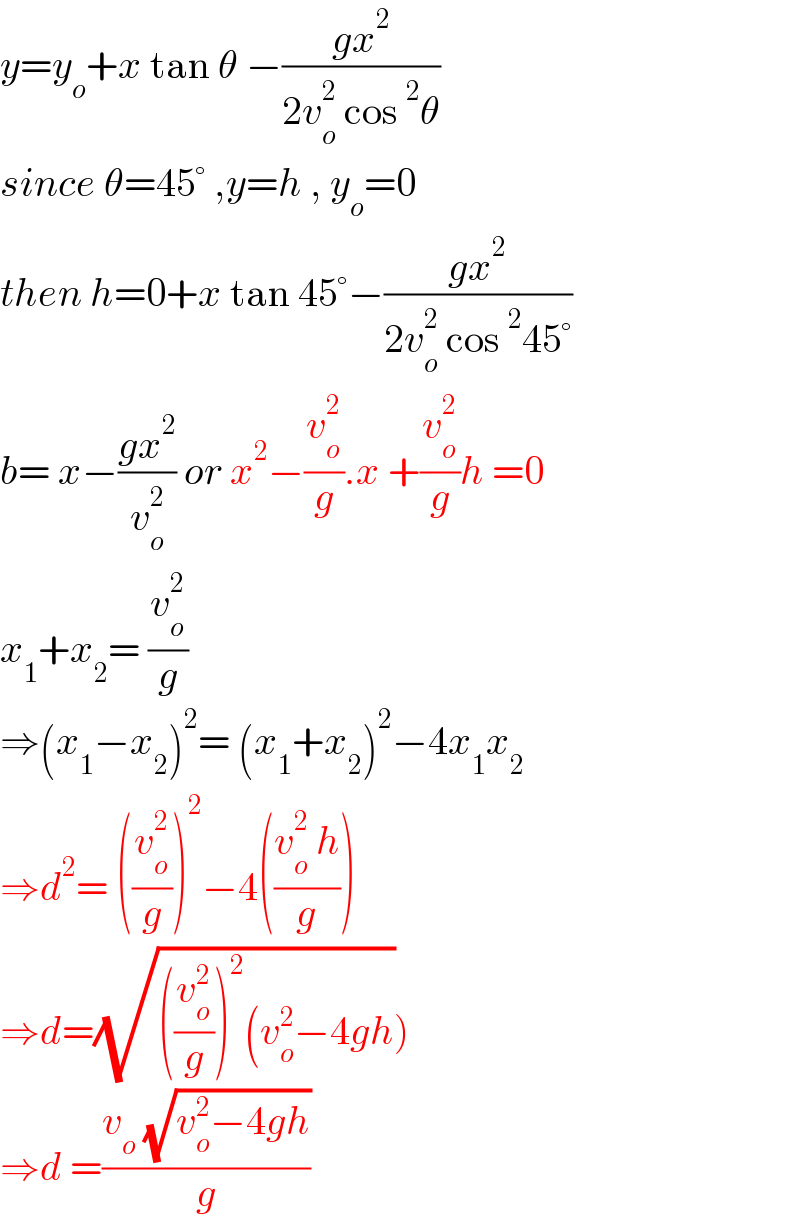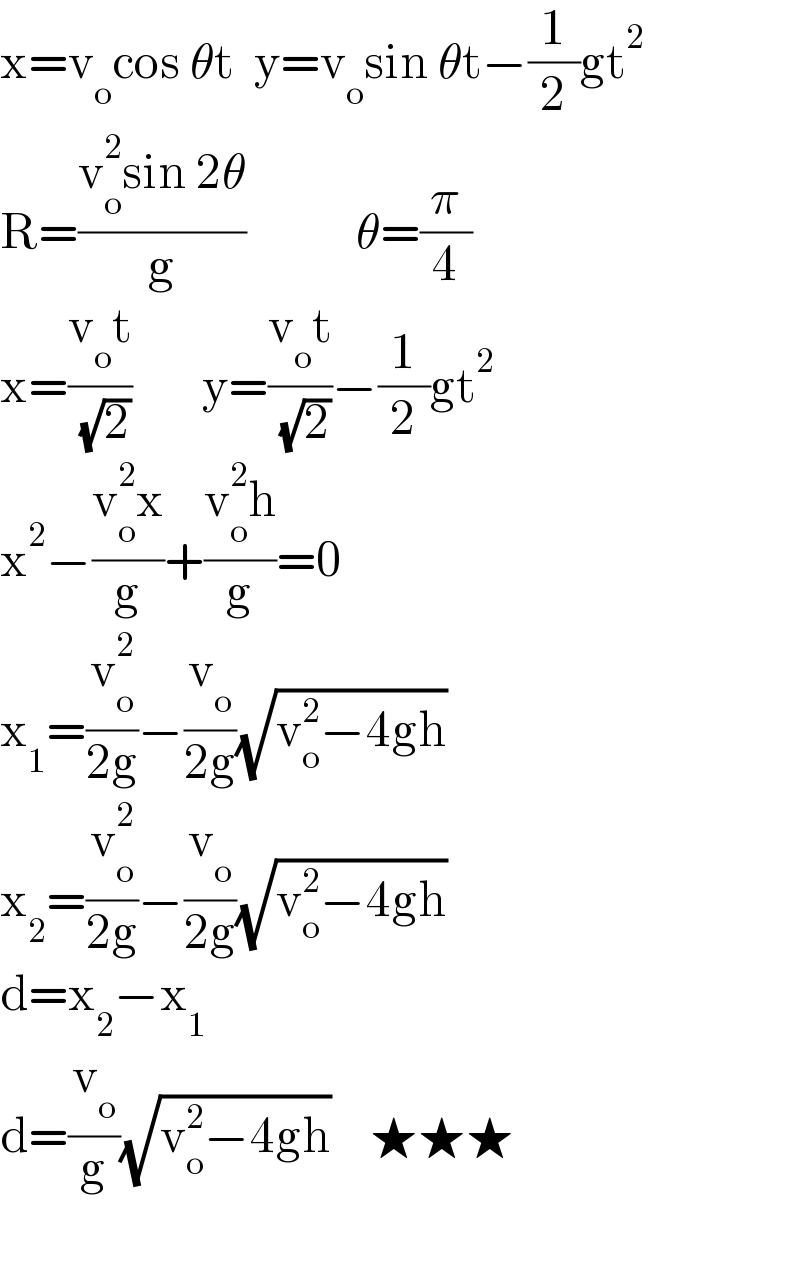
Question and Answers Forum
Question Number 177548 by peter frank last updated on 07/Oct/22

Answered by blackmamba last updated on 07/Oct/22

Commented by Tawa11 last updated on 07/Oct/22

Answered by Spillover last updated on 07/Oct/22

Commented by peter frank last updated on 07/Oct/22

